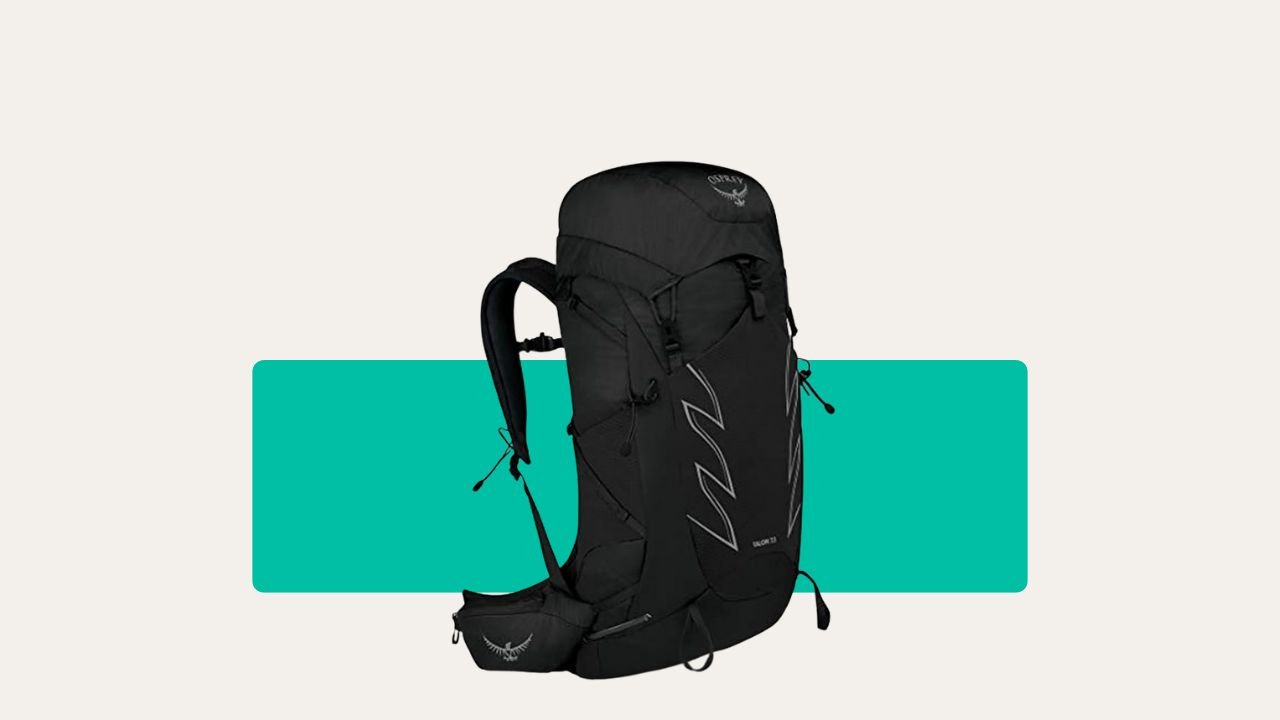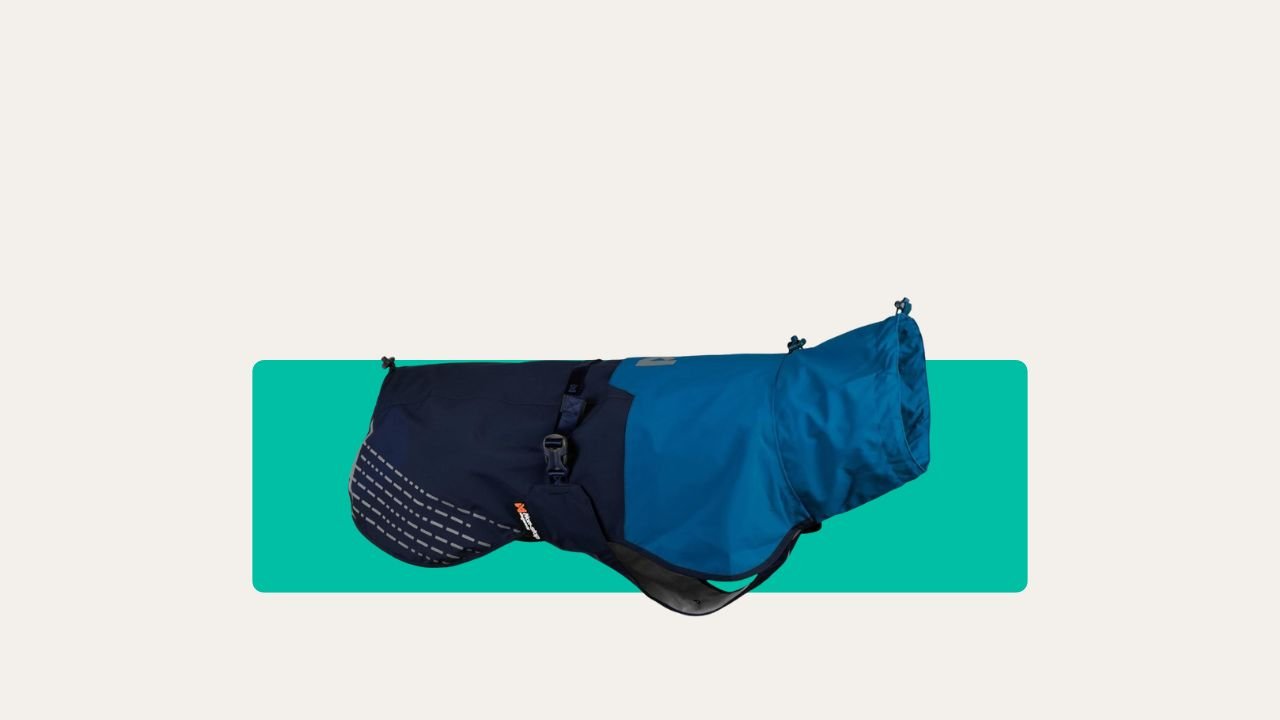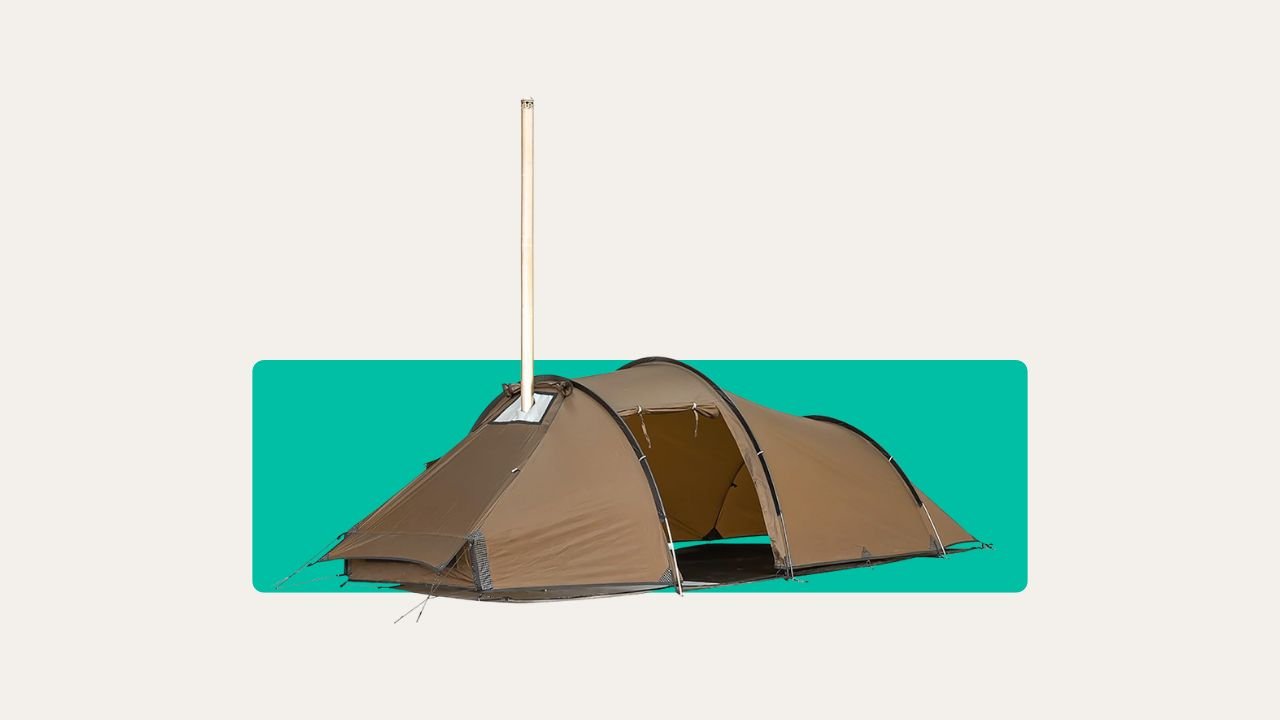Let’s set the record straight – not all wellies are made for walking. If you’ve ever tried to tackle a countryside trail in a pair of cheap, floppy boots, you’ll know exactly what I mean. Blisters, damp toes, aching arches… it’s enough to put anyone off a good stomp through the woods.
I’ve made that mistake. Once, while rambling through the South Downs, my bargain boots gave out halfway – soles flapping, water pouring in, and miles left to go. Safe to say, it only took that one miserable walk to convince me never to skimp on wellies again.
This guide is here to help you avoid that same soggy fate. Whether you’re a daily dog walker, love winter hikes, or just want something comfy for rainy-day wanders, I’ll walk you through what to look for in proper walking wellies. I will also share the best picks that’ll actually keep your feet dry, supported, and smiling mile after mile.
Why Good Walking Wellies Make All the Difference?
Here’s the truth: Regular wellies were never designed for long-distance walks. They’re fine for pottering in the garden or walking to the shops. But take them across a wet moor or uphill through sludge, and you’ll be cursing every step.
Proper walking wellies support your feet, keep water out, and bite into mud. Cut corners here, and you’ll risk blisters, damp socks, and that nasty ache that makes you limp back to camp early. With decent Wellington boots, you’ll finish your walk as happy as you started, even if the skies open.
Key Features to Check Before Buying Wellington Boots
Let’s cut the BS. Just picking wellies by colour or brand is a rookie mistake. Here’s what you actually need if you want all-day comfort, even in classic British weather:
- Comfort and Support: Look for shock-absorbing insoles and built-in arch support. Soggy, flat-footed boots will ruin you. If you walk much, you’ll feel it after a mile or two.
- Fit: Adjustable gussets and straps are key, especially if your calves aren’t average. Get a boot that fits well around your leg to avoid chafing or friction burns.
- Grip: Don’t settle for a shallow tread. Deep, rugged sole patterns help you hold ground on mud, grass, and gravel. I’ve had boots with poor grip – ended up on my backside more than once.
- Insulation: If you camp or walk in winter (or the “summer” we often get), neoprene lining is a lifesaver. Your toes will thank you when the temperature drops.
- Material Quality: Natural rubber gives the best flex and durability, but some blends balance price and weight.
Top Comfortable Wellington Boots – A Quick Look
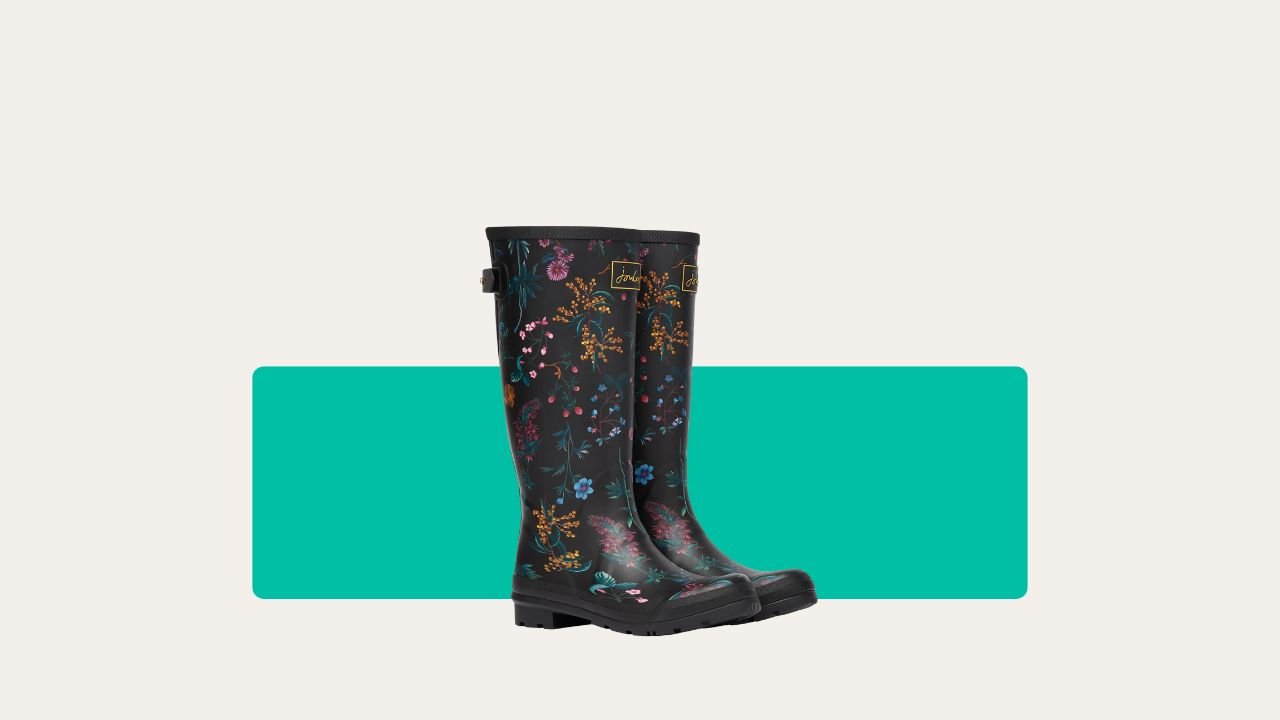
Joules Printed Wellies
Best For: Everyday walking & wet trails
Pros: Lightweight, flexible, stylish
Cons: Not insulated for cold
Key Features: Adjustable gusset, shock-absorbing insole, strong grip
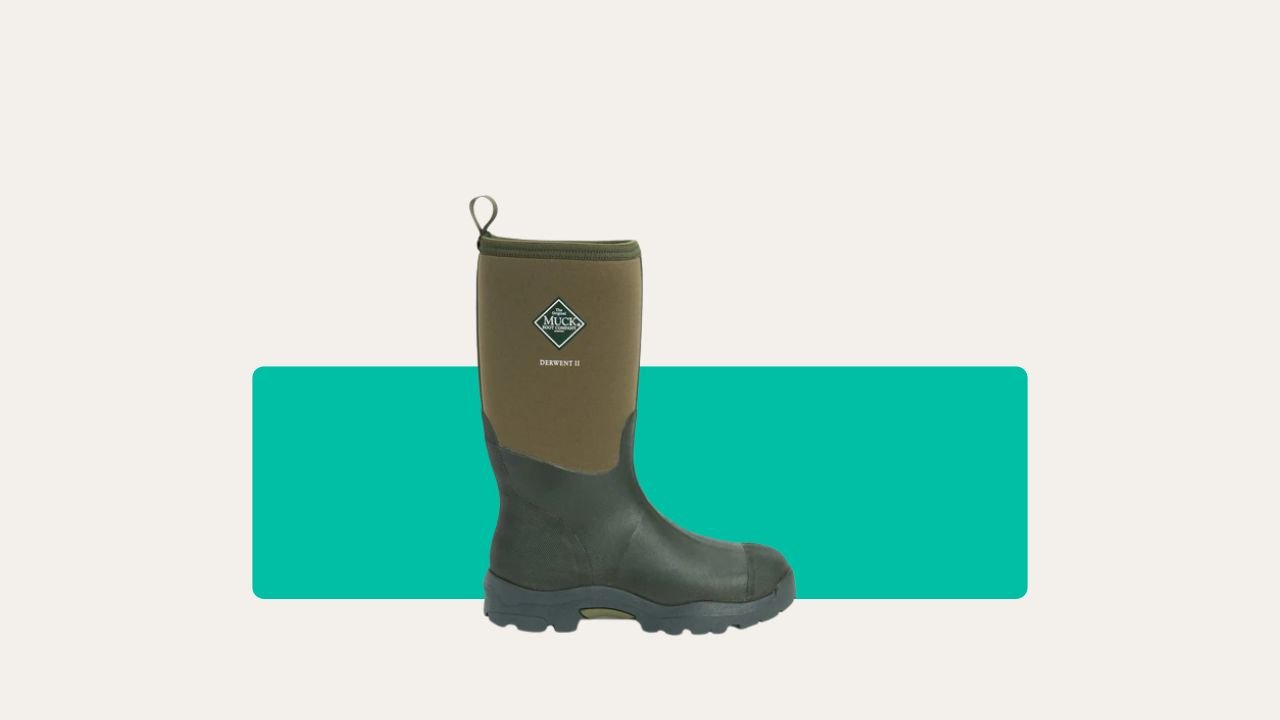
Muck Boots Derwent II
Best For: All-round use & cold weather
Pros: Warm, durable, comfy
Cons: Slightly bulky
Key Features: Neoprene insulation, tough tread, reinforced toe
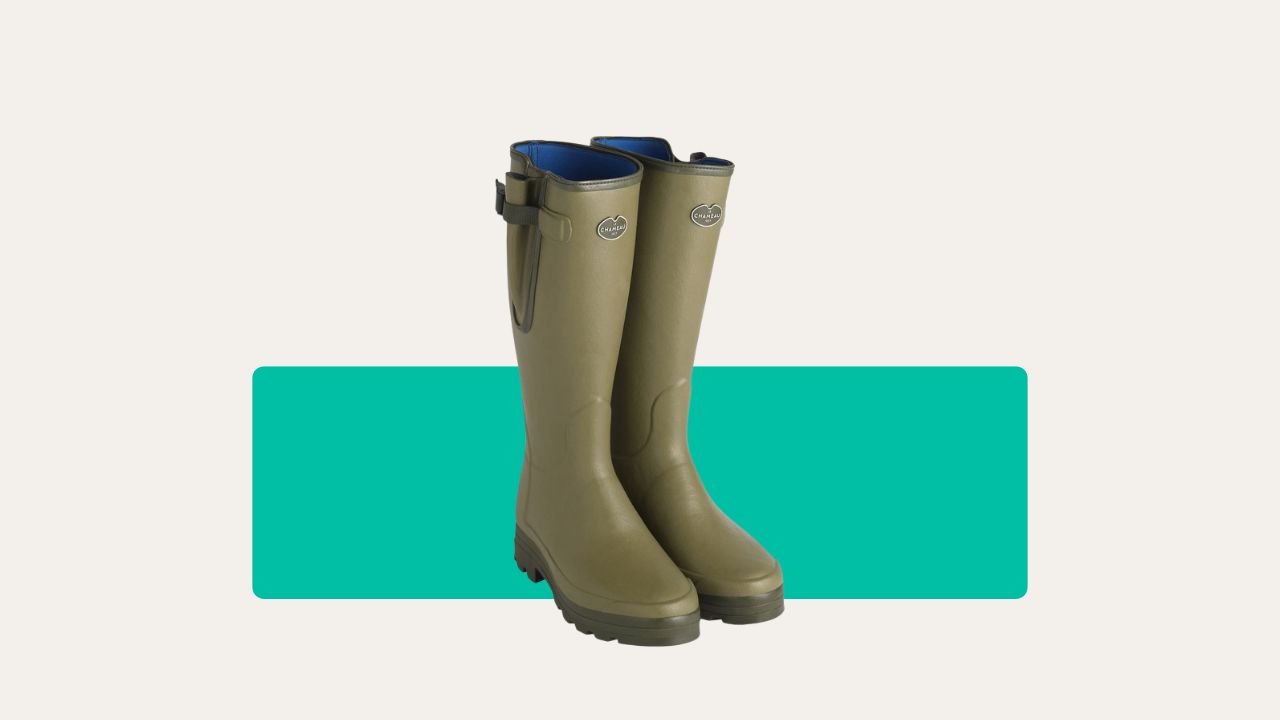
Le Chameau Vierzonord
Best For: Long walks & harsh weather
Pros: Very comfortable, built to last
Cons: Expensive
Key Features: Full neoprene lining, flexible fit, premium build
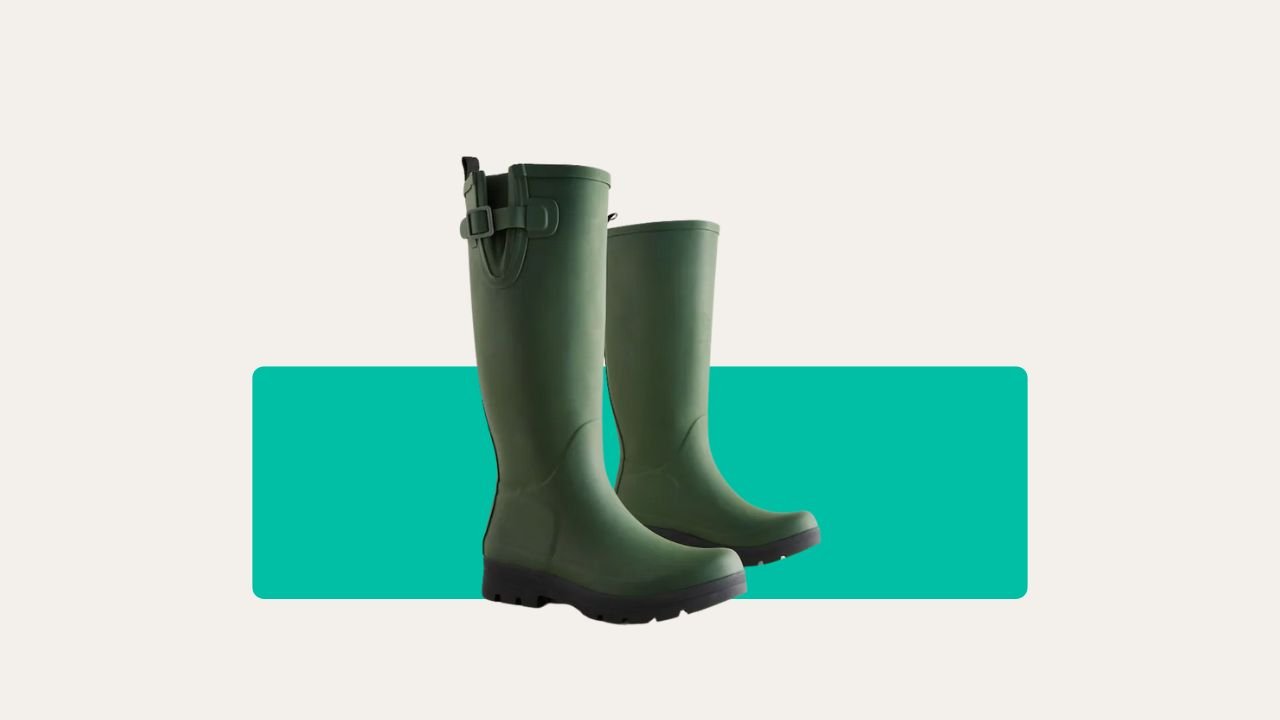
Next Khaki Knee High
Best For: Budget-friendly walking
Pros: Lightweight, classic style
Cons: Not built for heavy use
Key Features: Adjustable strap, easy to clean, grippy sole

Regatta Women’s Lady Harriett
Best For: Light trails & weekend walks
Pros: Comfortable, good support, warm
Cons: Limited colour options
Key Features: Memory foam footbed, fleece lining, water-repellent
Best Wellies For Walking – Top Models for 2025
You don’t need the most expensive pair. Getting the right pair for your feet, your routes, and your budget is what matters. Here are my top picks for UK walking, from budget warriors to premium performers:
1. Joules Printed Wellies with Adjustable Back Gusset
If you’re buying your first proper pair of walking wellies, these from Joules are a great place to start. I wore them on a wet, muddy walk through Dartmoor, and they did everything I needed—kept my feet dry, stayed comfortable, and gave me good grip on the ground.
They’re made from a mix of natural and synthetic rubber, which makes them flexible but tough. Inside, there’s a soft, shock-absorbing insole that supports your feet, and the heel is shaped to give a better fit. The best part? The adjustable back gusset – great if you need more space around the calf or want a snugger fit.
They clean up well too – just rinse and leave to dry. These aren’t the warmest boots for winter walks, so you’ll want thick socks on colder days. But for spring and autumn walks, dog outings, or just rainy weekends, they’re well worth the money.
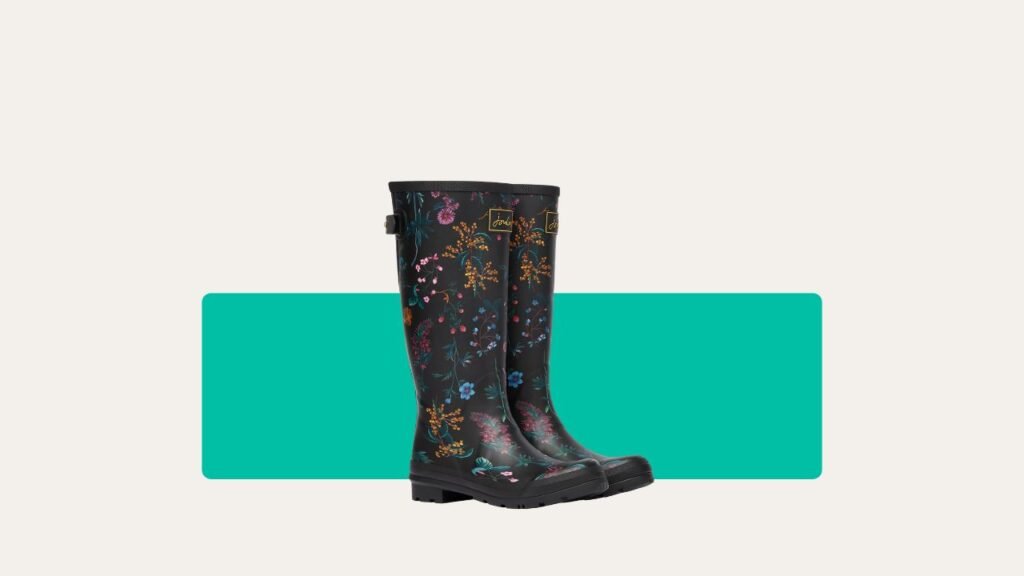
Pros
- Comfortable and lightweight
- Adjustable fit for different calf sizes
- Supportive insole for longer walks
- Excellent grip on wet or muddy ground
- Stylish prints and easy to clean
Cons
- Not well insulated for winter
- Not the best choice for very wide feet
2. Muck Boots Unisex Derwent II Pull-On
The Muck Boots Derwent II are a strong choice if you want a pair of wellies that can do a bit of everything – walks, yard work, farm jobs, or splashing through fields. I’ve worn these in heavy rain and soaking wet grass, and they’ve always kept my feet warm and dry.
The inside of the boot is soft and cushioned, and the neoprene shaft fits nicely around the leg without feeling tight. The sole is thick and grippy – it doesn’t slip, even on wet, muddy footpaths. The toe is also reinforced, which gives extra protection if you kick a rock or root by accident.
They’re a bit heavier and bulkier than other boots, but that’s the trade-off for how warm and tough they are. If you’re outdoors a lot, these are the kind of boots you’ll keep reaching for.

Pros
- Warm and weatherproof
- Great grip across all terrains
- Easy to pull on and off
- Durable for daily use
- Reinforced toe adds protection
Cons
- Heavier than standard rubber wellies
3. Le Chameau Vierzonord Neoprene Lined Boots
These wellies are made for people who walk a lot and want something long-lasting and super comfortable. The Le Chameau Vierzonord boots are more expensive than most, but the quality is clear from the first step. I wore them for a long walk through wet trails near Loch Lomond, and my feet stayed warm, dry, and comfortable the whole time.
They have a full neoprene lining, which keeps in warmth even on cold mornings. The rubber is soft but strong, so it bends with your foot instead of fighting it. There’s also an adjustable strap at the calf, so you can get a good fit no matter your leg shape or clothing.
These are definitely an investment, but if you walk in all weathers and hate cold, sore feet, they’re worth it. Just be aware they fit a little large, so try before buying if you can.
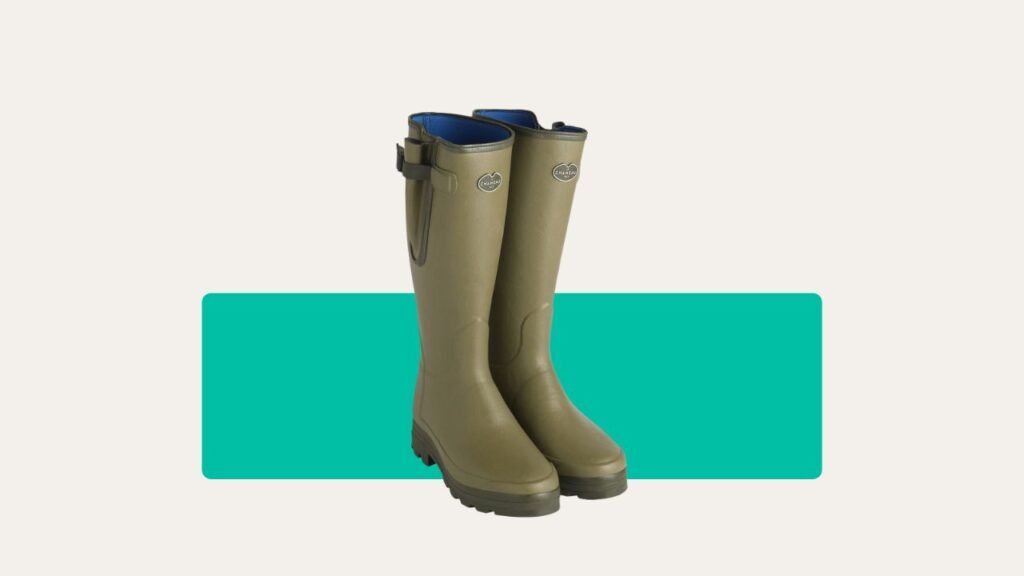
Pros
- Very warm and comfortable
- Good support for long walks
- Easy to take off after walking
- Adjustable fit for calves
Cons
- Expensive
- Fit runs large
4. Next Khaki Knee High Wellies
If you’re after a solid pair of wellies without spending a fortune, these ones from Next are a great budget-friendly option. At just £38, they offer good comfort and grip, and they look smart too, especially in classic khaki or navy.
The boots come with an adjustable calf strap, so you can tweak the fit depending on what you’re wearing underneath. They’re also lightweight, which makes them easy to walk in, and the sole gives a good grip on wet grass or muddy paths. Getting them on and off is quick and easy – a small thing that feels like a big win at the end of a soggy walk.
If you’re camping now and then or just need something dependable for wet weekends, they’re more than up to the task.
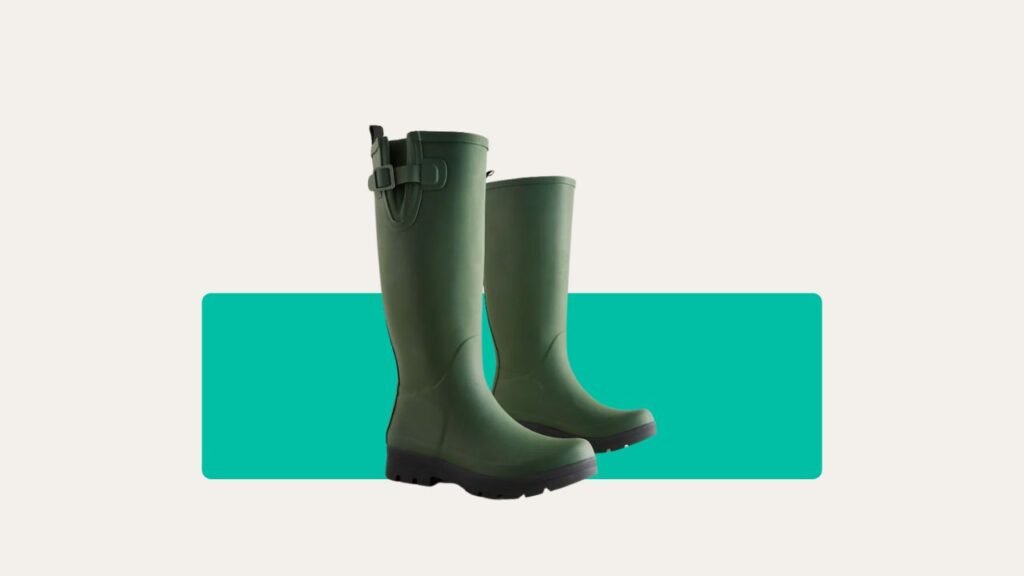
Pros
- Affordable and good value
- Comfortable, lightweight feel
- Grippy sole for wet terrain
- Adjustable calf for better fit
- Easy to take off
Cons
- Not ideal for daily or heavy use
How Wellies Compare to Regular Walking Boots
Let’s be real, wellies aren’t always the best choice for every walk. They’re great in the mud, but take them up a steep hill or over rocky ground, and you’ll soon feel the difference. I’ve made that mistake myself, and trust me, once your feet start to rub and your ankles feel loose, it’s a slow and painful finish.
So, when do wellies make sense?
- When the ground is soaking wet, like boggy trails, flooded fields, or muddy campsites.
- If you’re walking through streams or standing water, and need to stay dry above the ankle.
- For gentle strolls over flat or soft ground, where support isn’t as important.
But for anything more demanding, walking boots are the better choice:
- They offer proper ankle support for hills and rough paths.
- The fit is snug and secure, which helps on dry or uneven ground.
- They’re usually more breathable, which makes a big difference on longer walks.
In short, wellies are great for mud, puddles, and flat routes. But if you’re heading into the hills or walking all day, your feet will thank you for choosing proper walking boots. Or, if you do a bit of both, it’s worth having one of each – wellies for the wet, boots for the long haul.er mud.
Tips for Maximum Comfort in Wellington Boots
Wellies aren’t known for being the comfiest footwear, but with a few simple tricks, you can turn even the most basic pair into a solid walking companion. Here’s what I’ve learned from years of wet fields, muddy footpaths, and chilly weekend hikes:
- Wear the right socks: A good pair of thick, padded walking socks can make a world of difference. They help keep your feet warm and stop your heels from rubbing. When the weather turns cold, go for warmer socks – you’ll thank yourself later.
- Add proper insoles: Many wellies come with flat, unsupportive footbeds. If your arches ache or your feet feel tired after short walks, try adding cushioned or orthopaedic insoles. They give your feet the support they need for longer trips.
- Check the fit: Boots that are too loose can cause blisters. Too tight, and you’ll cut off circulation. Always try your wellies on with your walking socks and make sure you’ve got enough wiggle room for your toes.
- Use the adjustables: If your boots come with buckles or gussets, don’t ignore them. A snug fit around the calf helps stop rubbing, keeps heat in, and just makes for a more secure, comfy walk.
- Dry them the right way: After a muddy outing, stuff your boots with newspaper and let them air dry. Avoid putting them by the fire or heater – too much heat can crack the rubber and ruin the shape.
FAQs
What Size Wellington Boots Should I Opt for?
In most cases, go for your regular shoe size. But remember, wellies don’t stretch, so if you plan to wear thick socks or add insoles, it’s smart to size up by half. Always try them on with your walking socks if you can, and make sure you can wiggle your toes comfortably without feeling squeezed.
What Types of Socks Should I Wear with My Wellington Boots?
Thick, padded walking socks are ideal. They help cushion your feet, keep you warm, and reduce rubbing that can lead to blisters. On colder days, opt for wool or thermal socks. And always avoid thin everyday socks – they tend to slip down and bunch up, which can be uncomfortable on longer walks.
Can Wellington Boots Affect My Feet in Any Way?
Yes, especially if they don’t fit well. Loose wellies can cause blisters, while tight ones might restrict blood flow. Lack of arch support can also make your feet ache on longer walks. The fix? Get a pair with a good fit and support, or add cushioned insoles if needed.
How Long Should Wellington Boots Last?
That depends on how often you use them and the quality of the boots. A good pair should last 2–5 years, sometimes longer if looked after well. Budget wellies might last a season or two with light use, while premium pairs can take on years of heavy walking if properly dried and stored.
Final Thoughts
Wellies shouldn’t just look the part, they need to do the job. Whether you’re walking the dog after a downpour, trudging across muddy campsites, or heading through soggy woodland trails, your feet deserve better than cold toes and aching arches.
Try them on with proper socks. Give them a test indoors before they hit the trail. Think about where you’ll actually use them – flat fields or tricky climbs? Everyday walks or weekend getaways?
Don’t just grab the flashiest pair your friend swears by. Choose based on fit, comfort, and what your walks really look like. With the right wellies on your feet, even the muddiest British walk can be a breeze.


